Neuroscience of Aging
Introduction
The neuroscience of aging is a subfield of neuroscience that explores the changes in the nervous system that occur as organisms age. This field of study seeks to understand the molecular, cellular, and physiological processes that underlie these changes, and how they impact behavior and cognition. Aging is a complex process that affects all organ systems, but the nervous system is particularly vulnerable due to its complexity and the long lifespan of neurons.
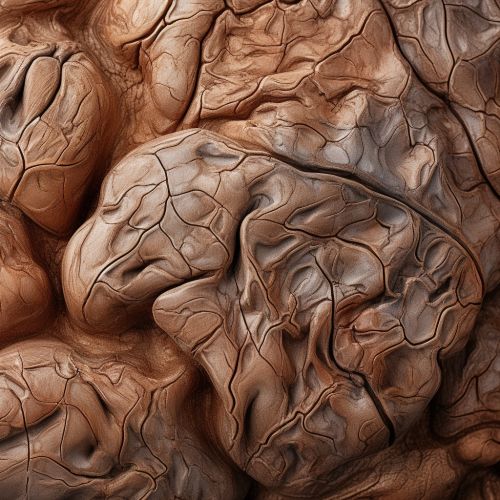
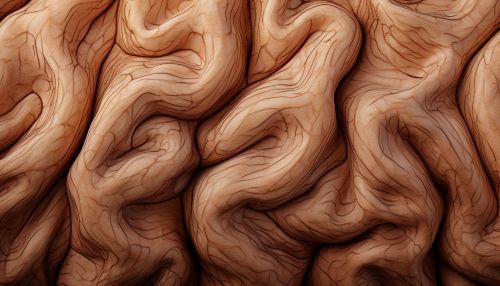
Neurobiological Changes in Aging
Aging is associated with a number of neurobiological changes. These include changes in the structure and function of neurons, alterations in neurotransmitter systems, and the accumulation of cellular damage.
Neuronal Structure and Function
With age, there is a decrease in the total number of neurons in the brain, a process known as neuronal loss. This is accompanied by a decrease in the volume of the brain, particularly in the cerebral cortex and hippocampus, regions involved in cognition and memory.
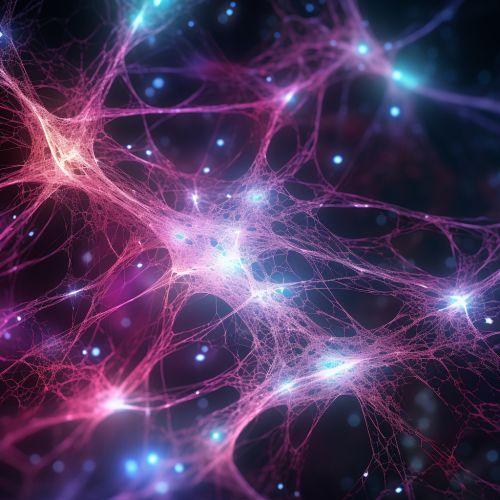
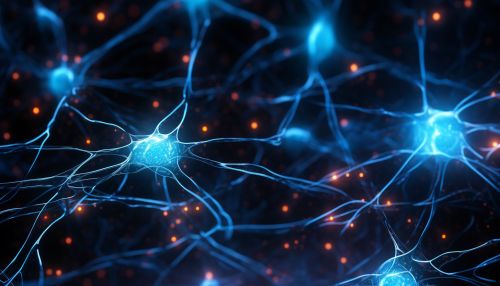
In addition to neuronal loss, aging is associated with changes in the structure of individual neurons. Dendrites, the branches of neurons that receive signals from other neurons, become less complex with age. This can reduce the number of synaptic connections between neurons, impacting communication within the brain.
Neurotransmitter Systems
Neurotransmitters are chemicals that transmit signals from one neuron to another. Aging is associated with changes in several neurotransmitter systems, including the dopamine, serotonin, and acetylcholine systems. These changes can impact a variety of functions, from mood and motivation to memory and muscle movement.
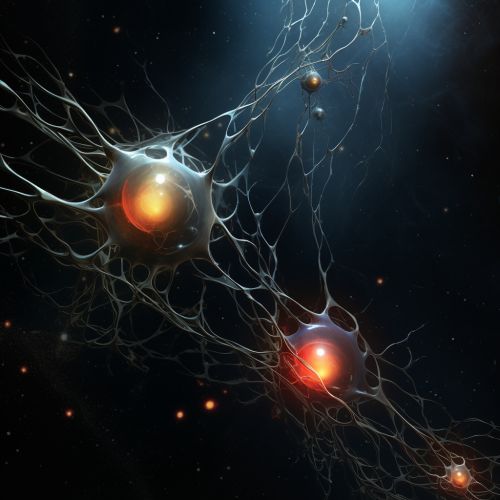

Cellular Damage
Over time, cells accumulate damage from a variety of sources, including oxidative stress, inflammation, and DNA damage. This damage can impair the function of neurons and contribute to neuronal loss. In addition, the ability of cells to repair this damage decreases with age, exacerbating the effects of cellular damage on the nervous system.
Cognitive Changes in Aging
Aging is associated with a variety of cognitive changes, including declines in memory, attention, and processing speed. However, not all cognitive abilities decline with age. Some aspects of cognition, such as vocabulary and general knowledge, can remain stable or even improve with age.


Memory
One of the most well-studied cognitive changes in aging is the decline in memory. This includes both episodic memory, which involves remembering specific events, and working memory, which involves holding and manipulating information in mind over short periods of time. The hippocampus, a region of the brain involved in memory, is particularly vulnerable to the effects of aging.
Attention and Processing Speed
Aging is also associated with declines in attention and processing speed. Older adults may have difficulty focusing on a task, particularly when there are distractions present. In addition, they may take longer to process information and respond to stimuli.
Stability and Improvement in Cognition
Despite the declines in some cognitive abilities, other aspects of cognition remain stable or even improve with age. For example, vocabulary and general knowledge often remain stable or improve, a phenomenon known as the "crystallized intelligence". In addition, older adults often have better emotional regulation and are better at making complex decisions based on experience.
Factors Influencing the Neuroscience of Aging
Several factors can influence the neuroscience of aging, including genetics, lifestyle, and environmental factors. Understanding these factors can help to develop strategies to promote healthy aging and mitigate the effects of aging on the nervous system.


Genetics
Genetics play a significant role in the aging process. Certain genes have been identified that influence lifespan and the rate of aging. For example, mutations in the telomerase gene can lead to premature aging, while variations in the FOXO3 gene have been associated with longevity.
Lifestyle
Lifestyle factors, such as diet and exercise, can also influence the neuroscience of aging. A healthy diet and regular physical activity have been shown to promote brain health and slow the progression of cognitive decline. In contrast, unhealthy behaviors, such as smoking and excessive alcohol consumption, can accelerate the aging process.
Environmental Factors
Environmental factors, such as exposure to toxins or stress, can also impact the aging process. Chronic stress, for example, can accelerate cellular aging and contribute to cognitive decline. On the other hand, a stimulating environment can promote brain health and cognitive function in older adults.
Conclusion
The neuroscience of aging is a complex and multifaceted field that seeks to understand the changes in the nervous system that occur with age. By understanding these changes, scientists hope to develop strategies to promote healthy aging and mitigate the effects of aging on the brain.
